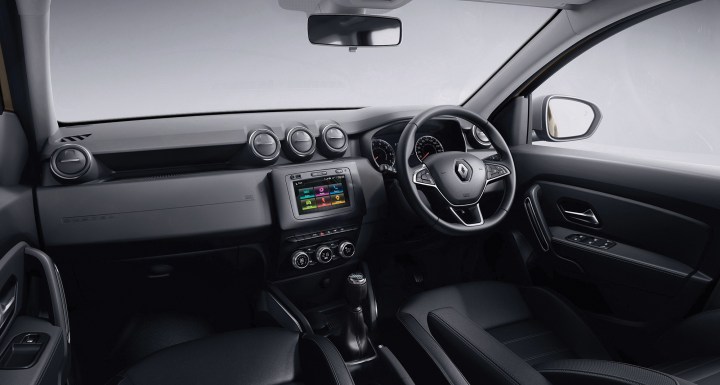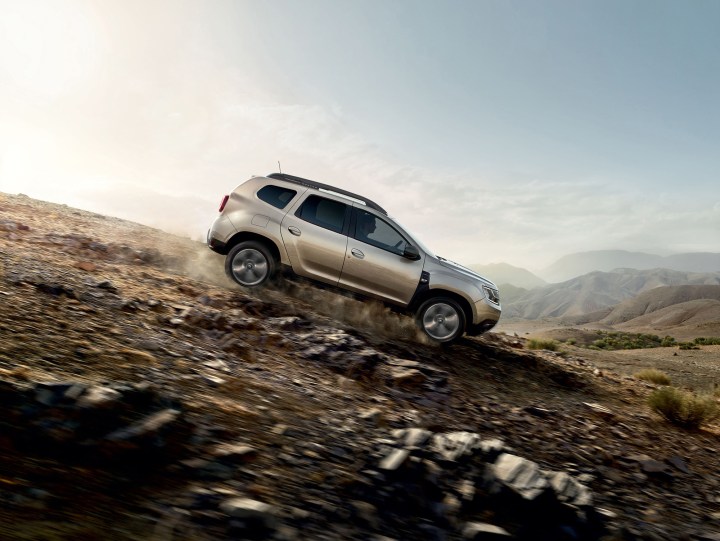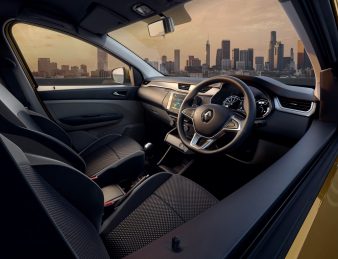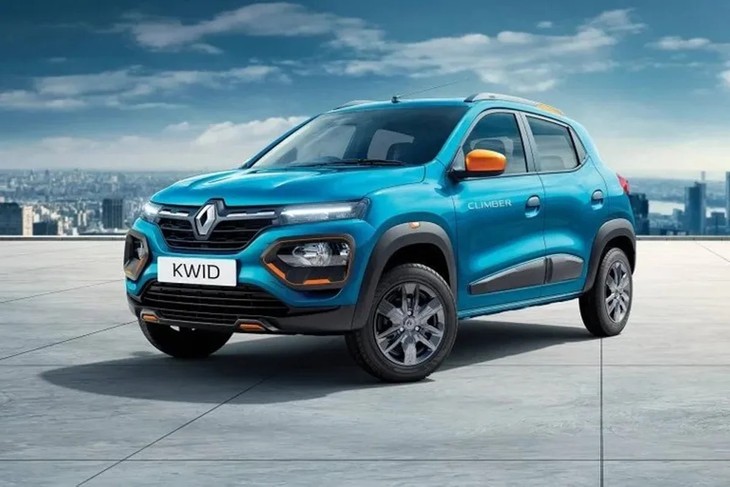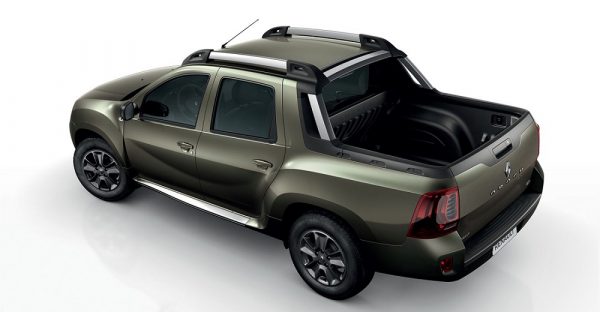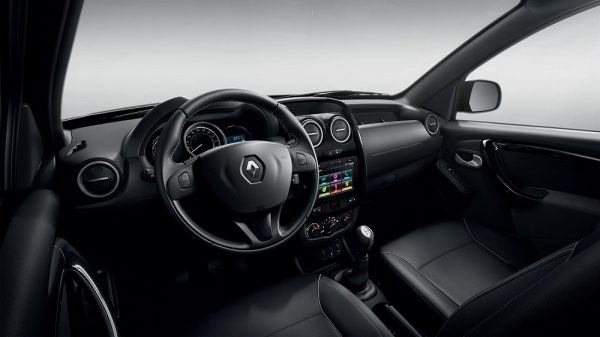Renault, like its French rival Peugeot, didn't quite nail the first attempt at a compact SUV. The first Captur was a Clio with some ride height and a new body and didn't quite make the cut for buyers. Partly because the original engine was borderline anaemic but secondly, it was really small.
.




.
When you're French, you have more work to do in other markets.
.
.
With more market-appropriate pricing, more space, a better interior and lots more tech, the second-generation Captur even rolls on a whole new platform, promising more space and better dynamics.
.
Safety rating 5 stars
Engine Type 1.3L turbo
Fuel Type Unleaded petrol
Fuel Efficiency 6.6L/100km
Seating 4 seats
.
Does it represent good value for money? What features does it come with?
The range comes with 17-inch wheels, a cloth interior, auto headlights, air-conditioning, Apple CarPlay and Android Auto on the 7.0-inch landscape-oriented touchscreen, full LED headlights (that’s a nice touch), front and rear parking sensors, a reversing camera and a space-saver spare.
.
Step up to the higher-spec Captur to get extra safety gear, walk-away auto-locking, a heated leather steering wheel, auto wipers, two-tone paint option, climate control, keyless entry and start (with the Renault key card) and wireless phone charging.
.
Then there's a big jump to the top model Captur. You get 18-inch wheels, a bigger 9.3-inch touchscreen in portrait mode, sat-nav, BOSE sound system, 7.0-inch digital dashboard display, LED interior lighting, 360-degree cameras and leather seats.
.
The new Renault touchscreens are good and include Apple CarPlay and Android Auto, but I can only speak for the bigger 9.3-inch system which is similar to the Megane's.
.




.
The new interior is a vast improvement over the old one. The plastics are way nicer and they have to be because hardly anyone has plastics as bad as that old car anymore.
.
The new one has more comfortable seats, too, and I really like the revised dash. It feels much more modern, is better-designed and the little paddle for the audio controls has finally been updated and is way easier to use. It also clears the steering wheel of buttons, which I quite like.
.
How practical is the space inside?
You get a massive boot to start with - bigger even than the fabled
408 litres of the
Honda HR-V. Renault starts you with 422 litres and then adds underfloor storage. When you push the seats forward and include the hidey-hole under the false floor, you end up with 536 litres.
.
Of course, that sliding will affect the rear legroom. When the rear seats are all the way back, this is a lot more comfortable than the old car, with more head and knee room, although it's no match for the Seltos or HR-V in that respect. Not far off, though.
.
Fold the 60/40 split rear seats down and you have 1275 litres, a not-quite-flat floor and 1.57m long floor space, 11cm more than before.
.
The French approach to cupholders continues. There are just two in this car, but they are at least useful rather than the frustratingly small ones in the outgoing model.
.
Rear seat passengers don't get cupholders or an armrest, but there are bottle holders in all four doors and - joy of joys - air vents in the back. Bit weird to have no armrest even in the top-spec, though.




.
What are the key stats for the engine and transmission?
All Capturs run the same 1.3-litre four-cylinder turbo-petrol engine delivering a mildly impressive 113kW at 5500rpm and 270Nm at 1800rpm, which should make for some reasonable speed.
.
Both numbers are slightly higher than the original Captur, with power up by 3.0kW and torque by 20Nm.
.
.
Weighing in at a maximum of 1381kg, this enthusiastic engine will push the Captur from 0-100km/h in 8.6 seconds, over half a second quicker than before and a touch quicker than most of its rivals.
.
How much fuel does it consume?
Renault says the Captur's 1.3-litre engine will drink unleaded petrol at the rate of 6.6L/100km.
.
That's a more sensible baseline figure than the previous car's sub-6.0 official combined cycle figure and after some web sleuthing appears to be the more accurate WLTP testing number.
.
As we had the car for a brief time, the 7.5L/100km is probably not representative of real-world fuel use, but it's a good guide nonetheless.
.
From the 48-litre tank, you should get 600 to 700km between fills.
.
What safety equipment is fitted? What safety rating?
You get six airbags, ABS, stability and traction controls, forward AEB (up to 170km/h) with pedestrian and cyclist detection (10-80km/h), a reversing camera, rear parking sensors, forward collision warning, lane departure warning and lane-keep assist.
.
If you want blind-spot monitoring and reverse cross-traffic alert on the entry-level, you have to step up to the higher-spec model or pay in to add the package.
.
Given the marginal rear visibility and the ordinary resolution on the reversing camera, the omission of RCTA is annoying. I know Kia and various other rivals offer safety as extra, but this is an important feature.
.
.
What does it cost to own? What warranty is offered?
Renault sends you home with a five year/unlimited-kilometre warranty and a year of roadside assist. Every time you return to a Renault dealer for service, you get a further year, to a maximum of five.
.
The capped-price servicing runs for five years/150,000km. That suggests you can cover up to a massive 30,000km per year and only have to service it once, which is exactly what Renault reckons you can do. So yeah - service intervals are genuinely set at 12 months/30,000km.
.
What's it like to drive?
Straight up, I will remind you of my fondness for French cars and the way they go about their business. Renault has been in strong form for some time now in the ride and handling department, even on tiny cars with rear torsion beam suspension.
.
Where the previous Captur was let down was a common French failing - weak engines that work fine in the European market but don't go down so well in other markets.
.
Even though I quite liked the old Captur, I got why nobody bought it (relatively speaking). This new one feels good from the second you park your bum in the driver's seat, with good, comfortable support, great vision forward (less so back, but that was the same in the old one) and the steering wheel even has a subtle flattened edge at the top if you have to set the wheel high.
.
The 1.3-litre turbo is a bit grumbly and gristly on start-up and never really loses a slightly odd, reedy harmonic coming through the firewall, but it's a strong performer for its size and works (mostly) well with the seven-speed dual-clutch.
.
Renault's old six-speeder was quite good and the seven works just fine except for a slight hesitation from step-off and is sometimes reluctant to kick down.
.
I blame fuel-saving rather than a ham-fisted calibration because when you punch the weird flower button and switch to Sport mode, the Captur comes good.
.
With a more aggressive transmission and a slightly livelier throttle, the Captur is much happier in this mode and so was I. The steering is light and direct and there's no real presence in the suspension for off-road use which is fine by me because it means it's great fun on the road.
.
And despite being fun to drive, the ride is almost uniformly excellent. Like any car with torsion beams, it's unsettled by big potholes or those horrible rubber speed bumps, but so is an air-suspended German car.
.
It's also fairly quiet except when you've got your foot to the floor and even then it's barely an inconvenience rather than a genuine problem.
.
Verdict
The second-generation Captur's arrival coincides with the brand's transfer to a new distributor and a fiercely competitive market still bruised and battered from a shocking 2020.
.
It certainly looks the part and is also priced the part. Without a doubt, the mid-spec (higher spec) is the one to go for unless you want the extra electro-trickery available on the top model, which is quite a lot more expensive.
.
Setting aside my fondness for French cars, the new Renault Captur looks and feels more competitive in the compact SUV market. If you cover a lot of ground every year - or want the option to do so - you should really take a second look at the servicing structure, too, because in the Captur 30,000km in a year means a single service rather than three in turbo-engined rivals. That might be a bit niche, but even over the life of a car where you average 15,000km per year, it will make a difference.
.
.
.
.
Original article from https://www.carsguide.com.au/


